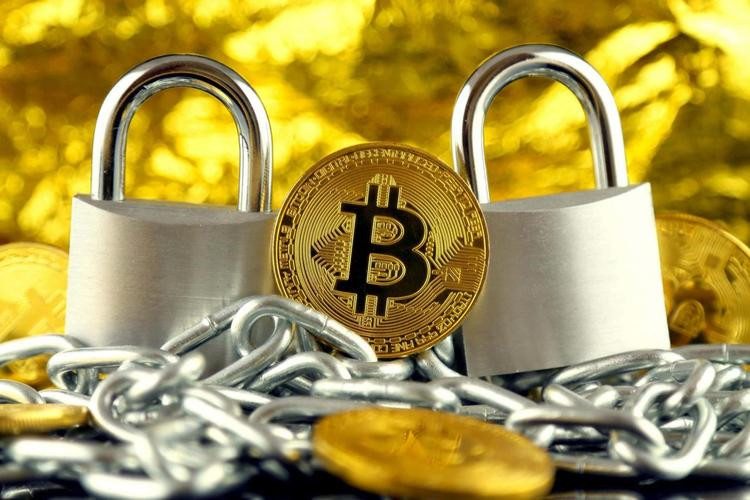What is Wrongful Trading? A Practical Guide for Modern Traders in Web3 Finance
Introduction In today’s fast-moving markets, the line between ambitious growth and reckless exposure can blur fast. Wrongful trading sits at that boundary—its about duties, deadlines, and the honesty to stop trading when there’s no reasonable chance of recovery. For founders, directors, and everyday traders dabbling in web3 finance, understanding wrongful trading helps protect investors, teams, and the future of innovative finance.
Understanding the Duty and the Risk Wrongful trading refers to continuing to trade or run a business when you know—or ought to know—that there’s little to no prospect of avoiding insolvent liquidation. It’s not about a bad quarter or a volatile day; it’s about a sustained belief that the entity cannot recover, yet operations drag on anyway. In practice, the risk isn’t just legal consequences for directors; it’s about trust, capital relationships, and the health of the broader ecosystem—especially when you’re bridging traditional markets (forex, stock, indices, commodities) with crypto and DeFi.
Key Points for Web3 Traders
DeFi, Smart Contracts, and the Present Challenges Decentralized finance offers permissionless markets, programmable orders, and transparent settlement. But it also brings security risks, oracle dependencies, and fragmented liquidity. Smart contracts enable faster, automated risk controls, yet bugs or misconfigurations can amplify losses in minutes. Teams balancing wrongful trading risks in DeFi tend to lean on rigorous audits, multisignature access, and pause mechanisms that allow responsible halts when market stress spikes.
AI-Driven Trading and the Way Forward AI signals, backtesting, and smart order routing promise smarter execution with fewer sloppy decisions. The trend is toward integrated risk dashboards, automated position sizing, and contract-aware bots that respect on-chain constraints. The challenge remains ensuring that AI doesn’t nudge traders toward overreach in moments of fear or greed; supervision and governance remain essential.
Slogans and Takeaways
Conclusion Wrongful trading isn’t about stopping curiosity; it’s about stopping when the math and the market say the ship can’t be saved. In web3 finance, combining disciplined risk management with robust tech—secure custody, trusted data, and transparent governance—helps traders navigate forex, stocks, crypto, indices, options, and commodities responsibly.




